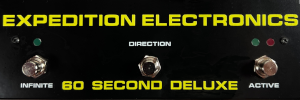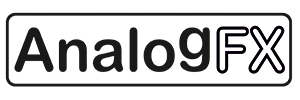Showing posts with label github. Show all posts
Showing posts with label github. Show all posts
Sunday, August 03, 2014
NESizer - 2A03 based synthesizer
Published on Aug 3, 2014 Johan Fjeldtvedt
"This is a project using a microcontroller to make an RP2A03 IC (the sound / CPU chip used in the NES and Famicom consoles) produce sound.
For more information, schematics and source code, take a look at https://github.com/Jaffe-/NESizer2"
Note this is the first NESizer post.
Thursday, December 19, 2013
MrBlueXav Brisophone DIY Automatic Semi-Random Digital Synthesizer
Le brisophone : automatic synthesizer DIY
Published on Apr 27, 2013
STM32F4 DIY synth : Brisophone demo + Korg Monotron delay effect
"Published on May 1, 2013
Automatic semi-random digital sound synthesizer based on STM32F4 Discovery board (STmicroelectronics).
Control through 4 push buttons and 1 bargraph LED display.
Access to 13 parameters...
This is a work in progress.
Open source code ! : https://github.com/MrBlueXav/Brisophone
The latest sound demos are here : https://soundcloud.com/bluexav"
"This is a semi-random music generator based on a STM32F4 Discovery board and a simple expansion board providing four push buttons and a 10 LED bargraph.
It's a cousin of my previous "Ambiantiseur" project.
Now we have 4 effects : LP filter, chorus/flanger, delay, distortion.
The latest sound demos are here : https://soundcloud.com/bluexav
Early videos :
http://youtu.be/H8p6o9Nr7k8
http://youtu.be/NJDcqiR5RQg
Through the 4 buttons you can edit about 20 parameters.
All push buttons are active low. They are connected to PD8, PD9, PD10, PD11.
The first two are used to choose the parameter you'd like to modify : you scroll the list forward or backward. The bargraph displays a configuration of LEDs for each parameter.
The two second buttons are generally used for increasing or decreasing the parameter value or sometimes toggle a value.
The bargraph (common cathods) is connected to pins PE6, PE7, .... PE14, PE15. Each output is active at high level (3V). I've used 120 ohms resistors. The display is multiplexed (one Led is on at a time) and not bright...This system doesn't work very well in fact....
This project was built with Coocox.org's free IDE : CoIDE 1.7 and the GNU Tools for ARM Embedded Processors (https://launchpad.net/gcc-arm-embedded).
The main project file to open with CoIDE is "Brisophone.coproj".
Be sure to adapt your settings :
Toolchain location : Project > Select your Toolchain Path ...
libm location : Configuration window > link > linked libraries > add ...
( example : C:\program files\gnu tools arm embedded\4.7 2013q2\arm-none-eabi\lib\armv7e-m\fpu\ )"
Published on Apr 27, 2013
STM32F4 DIY synth : Brisophone demo + Korg Monotron delay effect
"Published on May 1, 2013
Automatic semi-random digital sound synthesizer based on STM32F4 Discovery board (STmicroelectronics).
Control through 4 push buttons and 1 bargraph LED display.
Access to 13 parameters...
This is a work in progress.
Open source code ! : https://github.com/MrBlueXav/Brisophone
The latest sound demos are here : https://soundcloud.com/bluexav"
"This is a semi-random music generator based on a STM32F4 Discovery board and a simple expansion board providing four push buttons and a 10 LED bargraph.
It's a cousin of my previous "Ambiantiseur" project.
Now we have 4 effects : LP filter, chorus/flanger, delay, distortion.
The latest sound demos are here : https://soundcloud.com/bluexav
Early videos :
http://youtu.be/H8p6o9Nr7k8
http://youtu.be/NJDcqiR5RQg
Through the 4 buttons you can edit about 20 parameters.
All push buttons are active low. They are connected to PD8, PD9, PD10, PD11.
The first two are used to choose the parameter you'd like to modify : you scroll the list forward or backward. The bargraph displays a configuration of LEDs for each parameter.
The two second buttons are generally used for increasing or decreasing the parameter value or sometimes toggle a value.
The bargraph (common cathods) is connected to pins PE6, PE7, .... PE14, PE15. Each output is active at high level (3V). I've used 120 ohms resistors. The display is multiplexed (one Led is on at a time) and not bright...This system doesn't work very well in fact....
This project was built with Coocox.org's free IDE : CoIDE 1.7 and the GNU Tools for ARM Embedded Processors (https://launchpad.net/gcc-arm-embedded).
The main project file to open with CoIDE is "Brisophone.coproj".
Be sure to adapt your settings :
Toolchain location : Project > Select your Toolchain Path ...
libm location : Configuration window > link > linked libraries > add ...
( example : C:\program files\gnu tools arm embedded\4.7 2013q2\arm-none-eabi\lib\armv7e-m\fpu\ )"
MrBlueXav Dekrispator Experimental Synthesizer
DekrispatorTestSound20131218 Published on Dec 19, 2013 ryouichi harada·48 videos
"Dekrispator'sTest Sound!!
This software is a synthesizer which has flexibility very much!!"
via https://github.com/MrBlueXav/Dekrispator
"Experimental synthesizer based on an STM32F4 Discovery board with USB Host function for interaction and automatic mode. Flash your board with "dekrispator.hex" and enjoy hours and hours of sweet music coming of it ! Sounds can be loud so beware !
When powering up the board, the synth starts in "demo mode" unless you press and maintain a little the user button before power. In that case the synth is in "user mode".
Demo mode : The synth works on its own, sounds are perpetually changing. If you press the user button, sounds and effects stop always changing and the red LED lights on : the synth parameters are frozen. Press once again the user button and the red LED lights off : unfreeze.
User mode : Connect an USB MIDI controller (like Korg NanoKontrol...) to the board's micro USB connector and control the synth.
More to come..."
This is the first MrBlueXav post.
"Dekrispator'sTest Sound!!
This software is a synthesizer which has flexibility very much!!"
via https://github.com/MrBlueXav/Dekrispator
"Experimental synthesizer based on an STM32F4 Discovery board with USB Host function for interaction and automatic mode. Flash your board with "dekrispator.hex" and enjoy hours and hours of sweet music coming of it ! Sounds can be loud so beware !
When powering up the board, the synth starts in "demo mode" unless you press and maintain a little the user button before power. In that case the synth is in "user mode".
Demo mode : The synth works on its own, sounds are perpetually changing. If you press the user button, sounds and effects stop always changing and the red LED lights on : the synth parameters are frozen. Press once again the user button and the red LED lights off : unfreeze.
User mode : Connect an USB MIDI controller (like Korg NanoKontrol...) to the board's micro USB connector and control the synth.
More to come..."
This is the first MrBlueXav post.
Sunday, June 16, 2013
LE STRUM - MIDI Strummed Chord Controller Kit
Published on Jun 16, 2013
"If you could breed an Omnichord with a Stylophone you might end up with some of these babies.... [or the Oberheim Strummer]
Use combinations of the buttons to select a chord type (maj, min, 7, maj7, min7, dim, aug) and root note. The chord is then mapped across the pads, which you play with a wired stylus, sending output by MIDI.
This is an old idea of mine that I've now turned into an open hardware kit, so anyone can make one. The updated firmware has some new goodies like guitar open chord fingerings, chord variations (sus4, add6, add9), two channel lead + chord drone and control over velocity.
Kit is available for purchase on Tindie at https://www.tindie.com/products/hotch... and the firmware/hardware source code is on GitHub at https://github.com/hotchk155/Voici-Le..."
Tuesday, June 11, 2013
SCI Prophet 600++ (GliGli's firmware) Sound Demo
"Some sounds created with a modded Sequential circuits Prophet 600.
This p600 has the Gligli's teensy++ beta Firmware.
Chorus and reverb added, no eq no comp."
P600FW Examples
"This weekend I finally finished repairing some dead IC chips on my old Prophet 600 analog synth. I also installed an amazing new open-source AND open hardware CPU/firmware upgrade by a French developer who goes by name "Gligli." More info here: github.com/gligli/p600fw
Here are some examples of the extreme, glitchy, grungy sounds that are now possible to coax from from this once tame polysynth!"
Sequential Circuits Prophet-600 upgrade.
Wednesday, May 22, 2013
Flux ( Xylyn Hrrr Version )
Published on May 22, 2013 binaura·22 videos
goto : http://www.binaura.net/stc/wrx/flux
"Flux is a digital sound sculpture. You can define the overall shape and structure of an evolving composition by drawing a simple initial gesture on a tablet device or phone. The gesture is analyzed by the system, and certain parameters define length, movements and mood of the audiovisual composition. Every element is calculated on the fly, based on your initial gesture and some simple algorithms..."
"Flux is built with open source technologies. The sound synthesis is made with the free patching environment Pure Data (using libPD for android), while the user interface is built with Processing (with some core Android functions). A non-interactive, automated version of the Pure Data sound patch is available freely on Github."
goto : http://www.binaura.net/stc/wrx/flux
"Flux is a digital sound sculpture. You can define the overall shape and structure of an evolving composition by drawing a simple initial gesture on a tablet device or phone. The gesture is analyzed by the system, and certain parameters define length, movements and mood of the audiovisual composition. Every element is calculated on the fly, based on your initial gesture and some simple algorithms..."
"Flux is built with open source technologies. The sound synthesis is made with the free patching environment Pure Data (using libPD for android), while the user interface is built with Processing (with some core Android functions). A non-interactive, automated version of the Pure Data sound patch is available freely on Github."
Monday, May 06, 2013
Arpie arpeggiator
Published on May 6, 2013 otherunicorn·42 videos
"Received my Arpie kit this morning. It went together without a problem.
Wiki, and build instructions: https://github.com/hotchk155/arpie/wiki"
Monday, December 03, 2012
AirHarp Demo
Published on Dec 3, 2012 by Adam Somers
"AirHarp is the result of a weekend hacking session with a Leap Motion dev board. Leap Motion is a highly precise and responsive motion tracking device, making it a perfect tool for expressive musical interactions. AirHarp is being developed in C++ using my audio processing toolkit, MusKit. The source code for both projects is available at http://github.com/adamsomers.
Special thanks to the Leap motion team for making these dev boards available and for the great response to the developer community.
For more information visit:
http://adamsomers.com/airharp
http://leapmotion.com"
github also bought us the bit-rot - Z-DSP effect collection for the Tiptop Audio Z-DSP.
Monday, June 04, 2012
bit-rot - Z-DSP effect collection
bit-rot - Z-DSP effect collection from sgh on Vimeo.
bit-rot is a collection of 8 nonlinear waveform combination effects for the Tiptop Audio Z-DSP synthesizer module which is based on the Spin Semiconductor FV-1 DSP chip. Create new complex waveforms, add digital harshness or just FSU.
https://github.com/segoh/bit-rot
NEXT PAGE
HOME
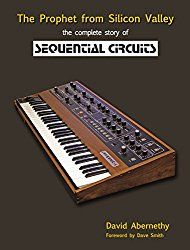



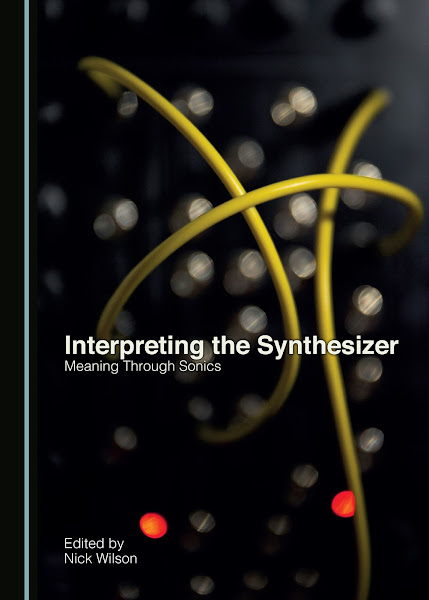
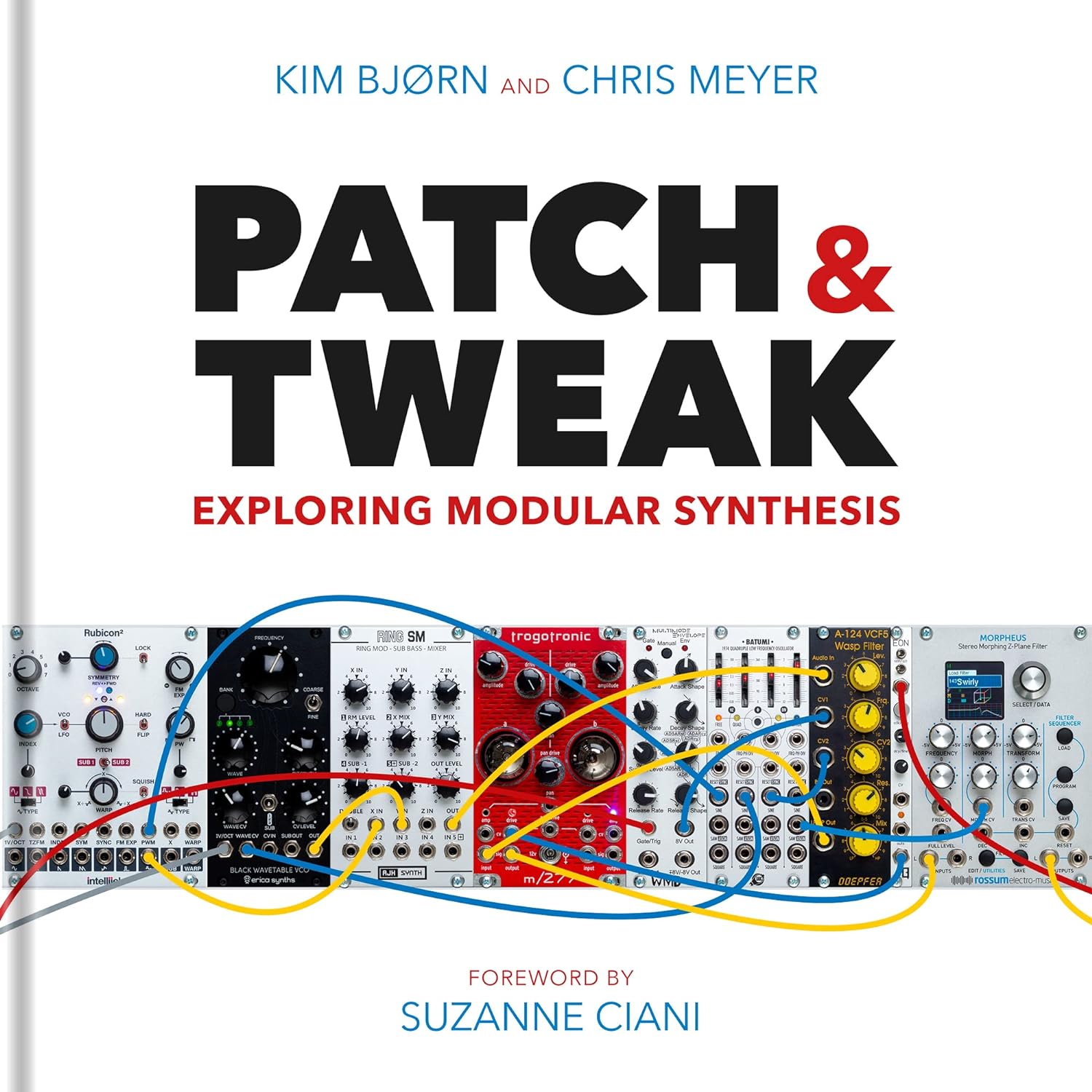

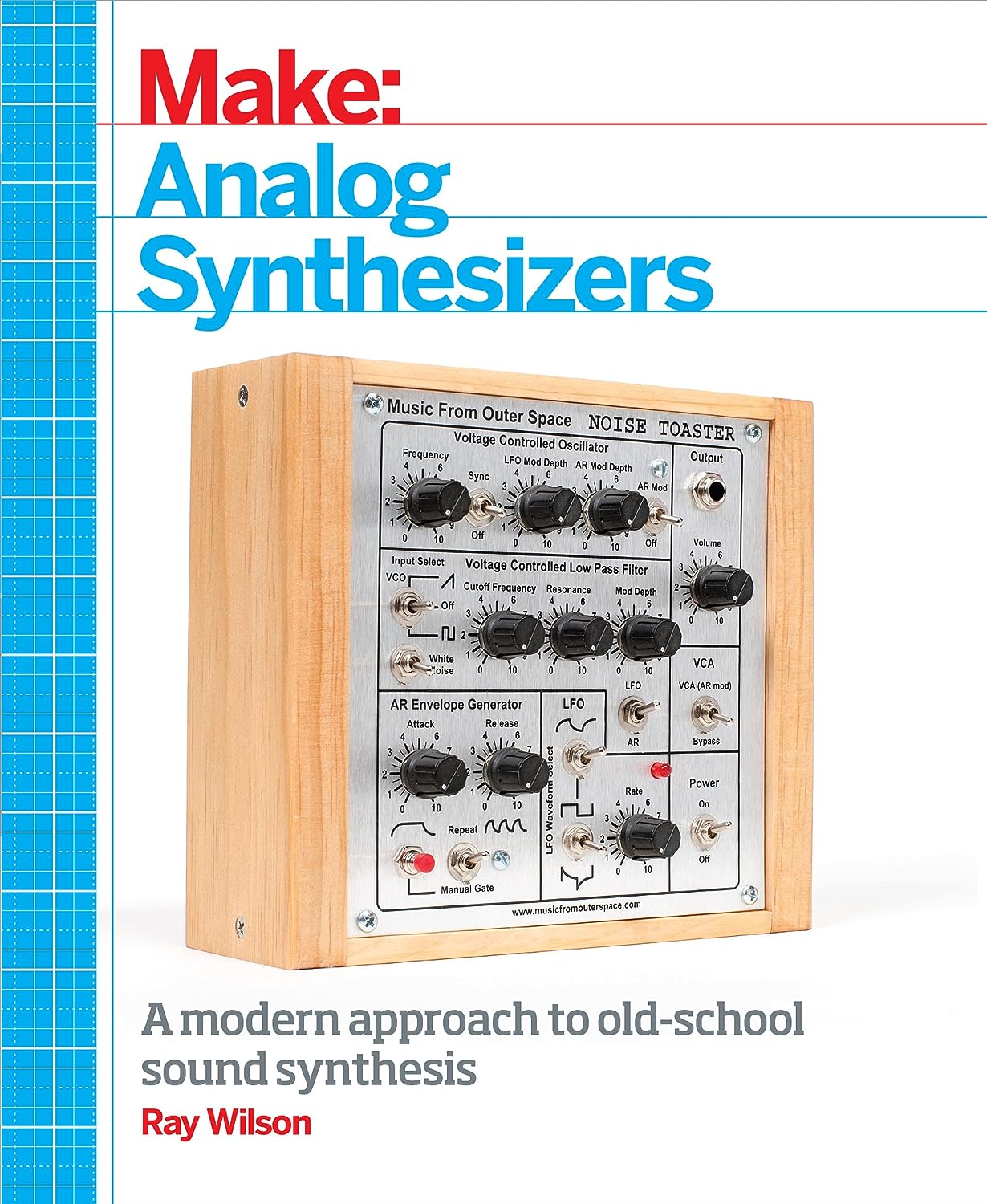

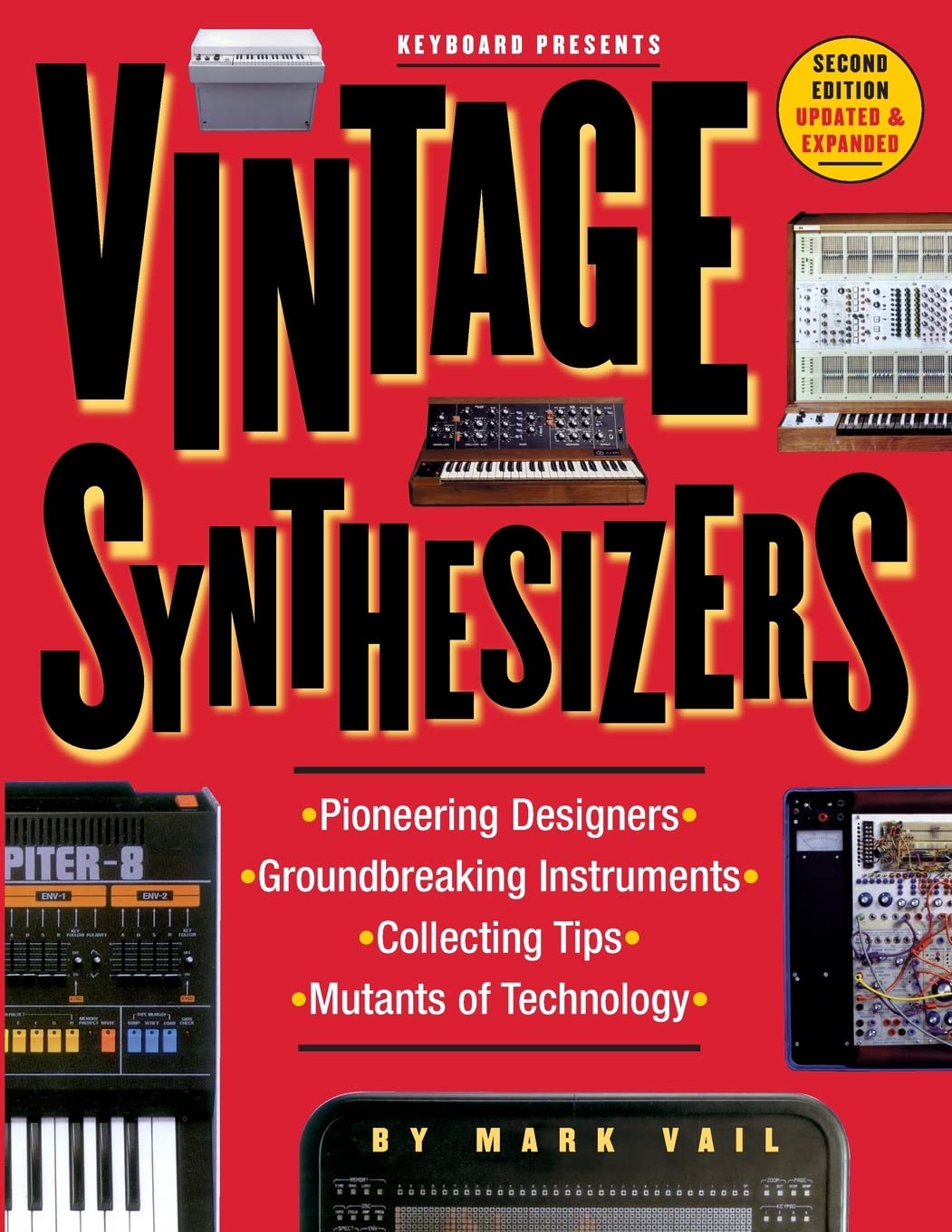
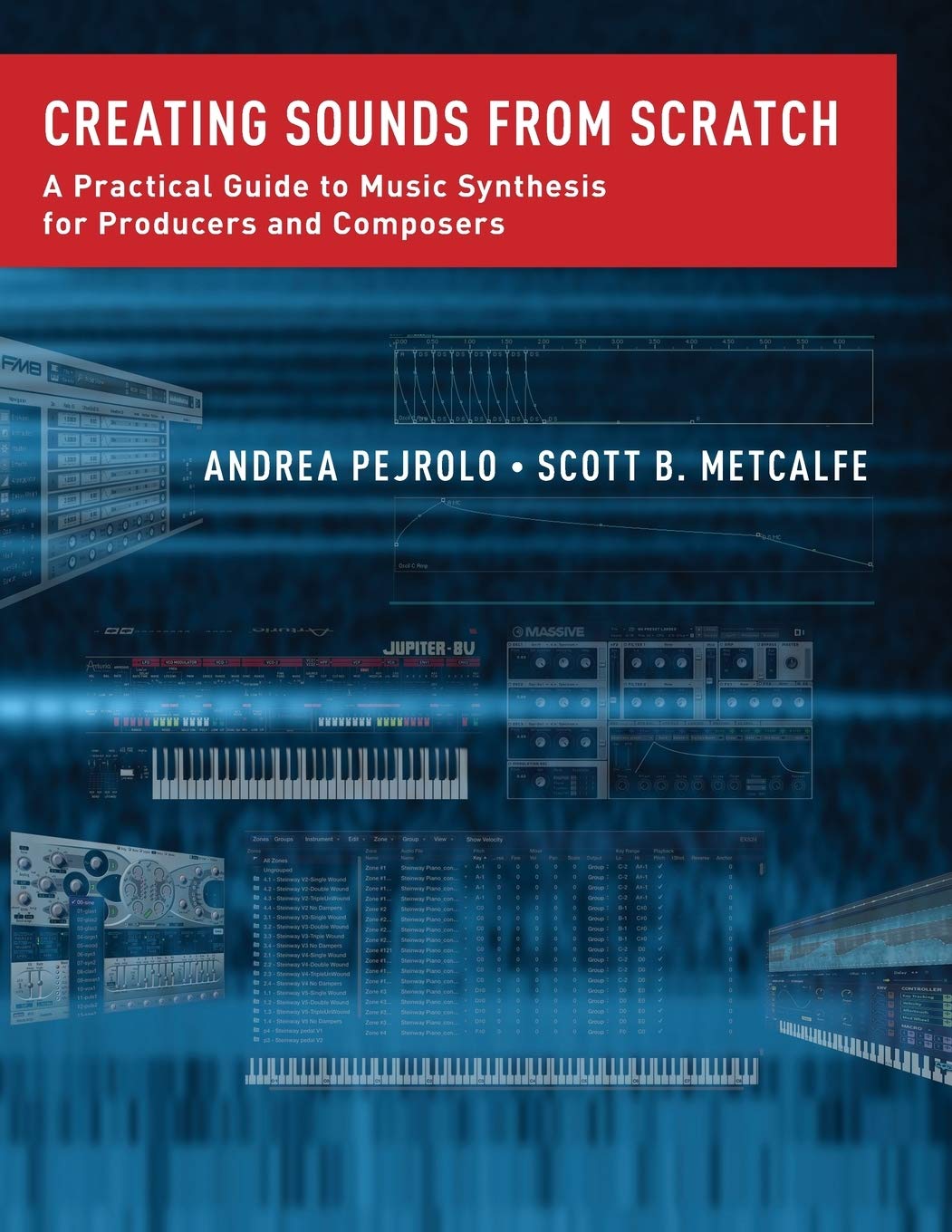
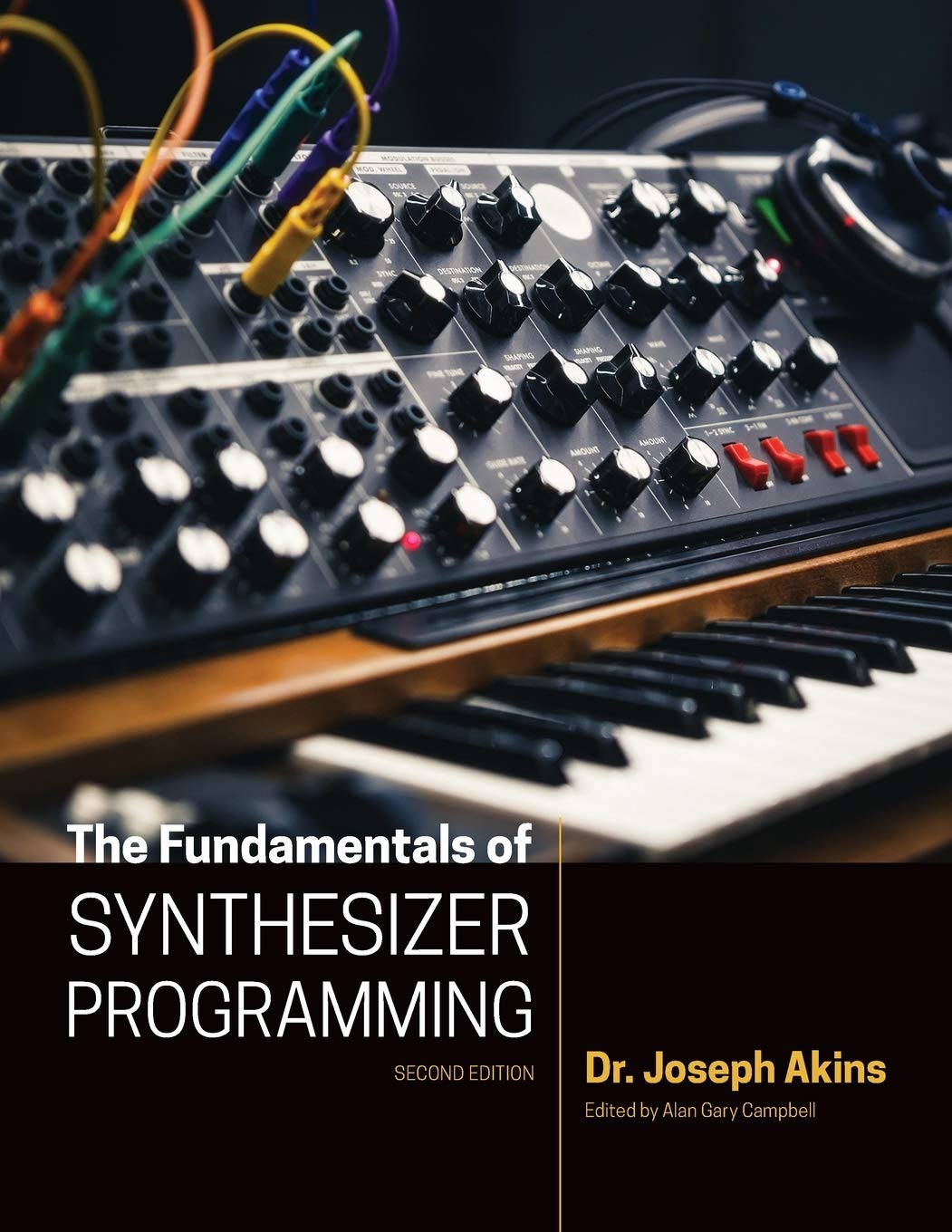

© Matrixsynth - All posts are presented here for informative, historical and educative purposes as applicable within fair use.
MATRIXSYNTH is supported by affiliate links that use cookies to track clickthroughs and sales. See the privacy policy for details.
MATRIXSYNTH - EVERYTHING SYNTH













© Matrixsynth - All posts are presented here for informative, historical and educative purposes as applicable within fair use.
MATRIXSYNTH is supported by affiliate links that use cookies to track clickthroughs and sales. See the privacy policy for details.
MATRIXSYNTH - EVERYTHING SYNTH













